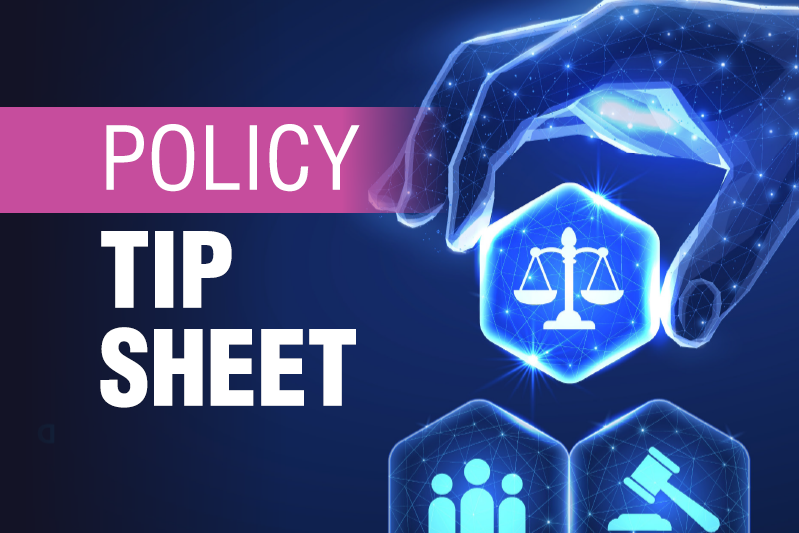Artificial intelligence (AI), automation powered by AI, advanced algorithms, and other emerging technologies are now being used in criminal courts across the United States, raising serious concerns about civil rights and the trustworthiness of these tools.
Mapping Pretrial Injustice, a website created by the Movement Alliance Project and MediaJustice, notes that “most states” now use at least one risk assessment algorithm tool (RAT), including various forms of artificial intelligence, to “help judges and magistrates decide everything from bail and pretrial release or supervision to sentencing and gravity of parole or probation supervision.” At present, AI systems in America do not make judicial decisions on their own. A judge must approve the recommendations made.
Mapping Pretrial Injustice further explains, “RATs are based on aggregate data. Designers create RATs by analyzing a dataset, which is often a large sample of historic information about a group of people, and finding factors consistent with the results they are trying to predict. This means that a RAT’s outcome tries to predict what someone with certain characteristics, such as where someone is from, how many times they were arrested or convicted, or how old they are, might do. They are not individualized for each person.”
Although most states utilize algorithms in at least one jurisdiction, their use varies widely. In Alaska, Arizona, California, Hawaii, Utah, Nevada, Minnesota, Indiana, Kentucky, Ohio, Virginia, West Virginia, Vermont, Connecticut, Delaware, and Rhode Island, most jurisdictions use at least one risk assessment tool.
In states such as Colorado and Florida, the use of AI and algorithms in criminal justice systems is popular, but many jurisdictions still refuse to adopt them. While in other states, including Texas and Georgia, only a small number of jurisdictions allow courts to use algorithms or AI.
(To read the rest of this Tip Sheet, click the “Download” button at the top of this page.)


